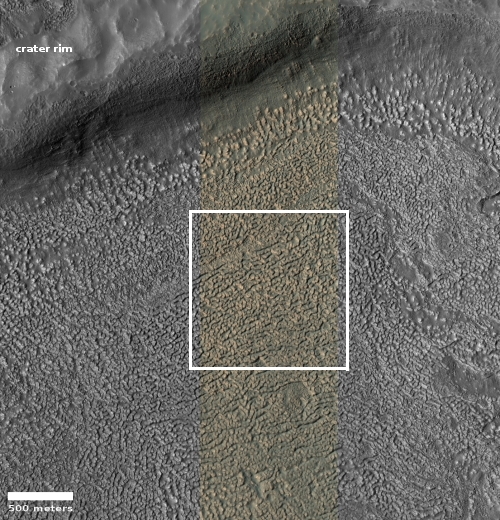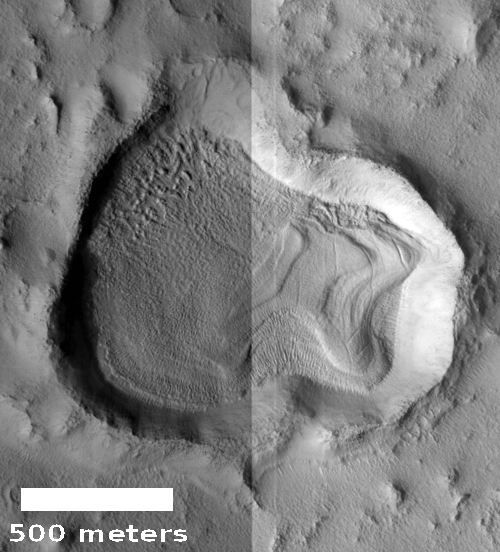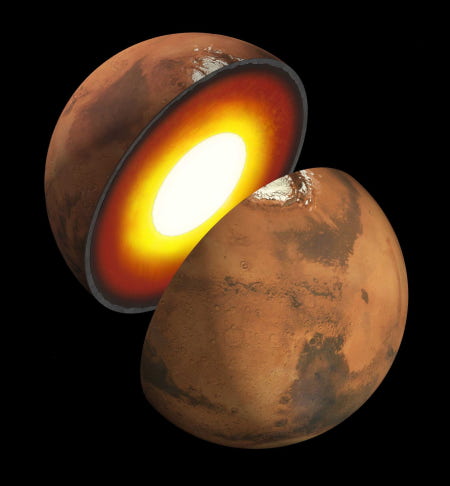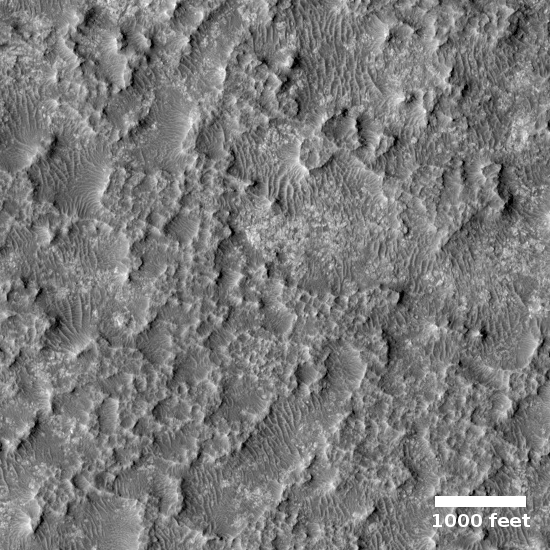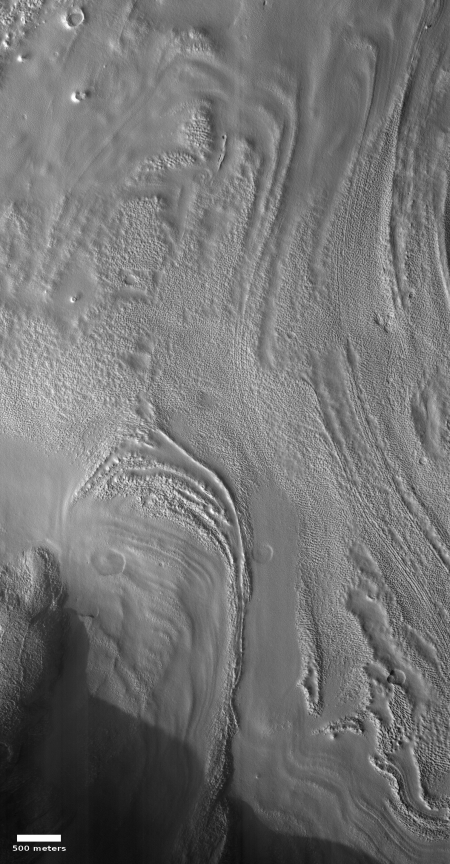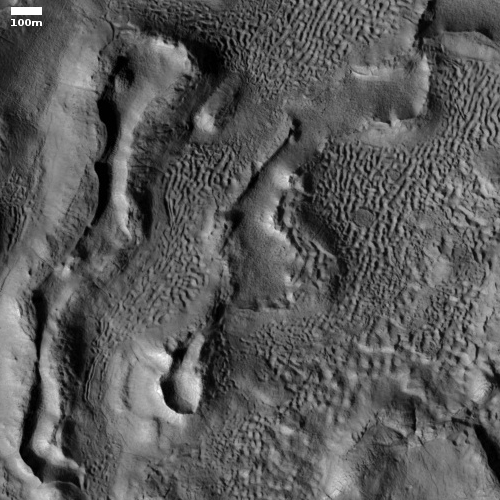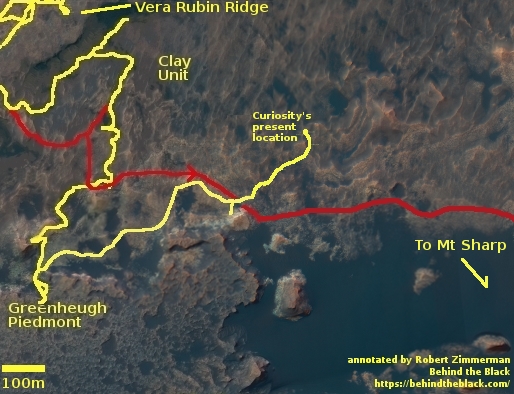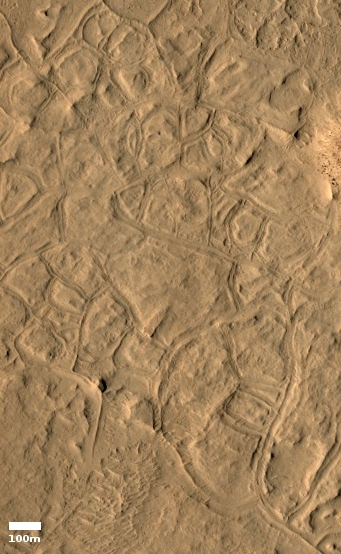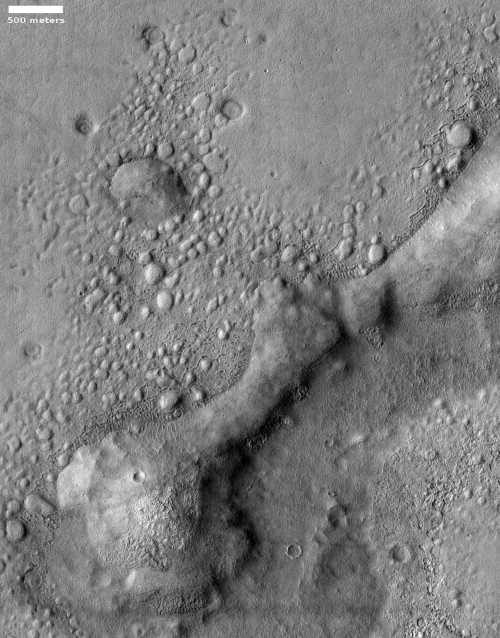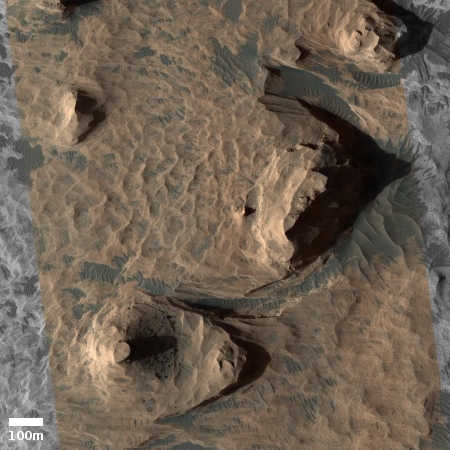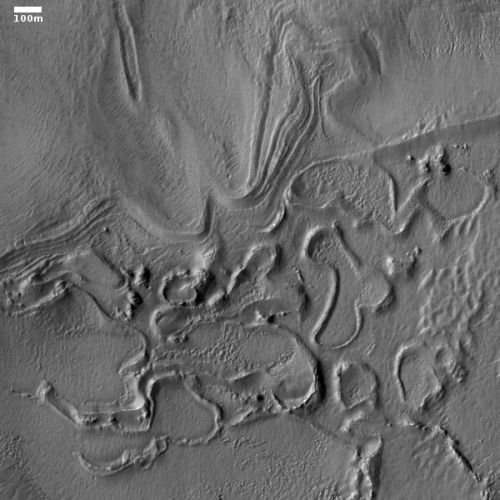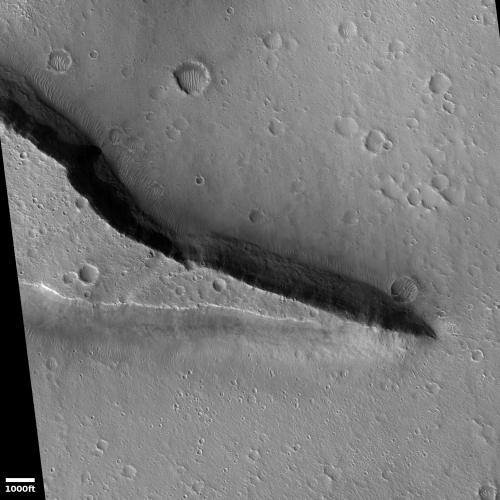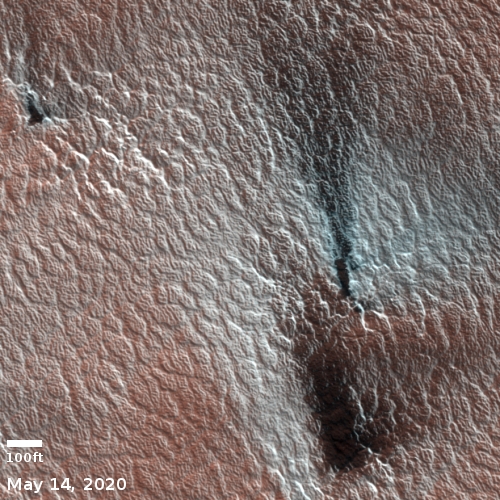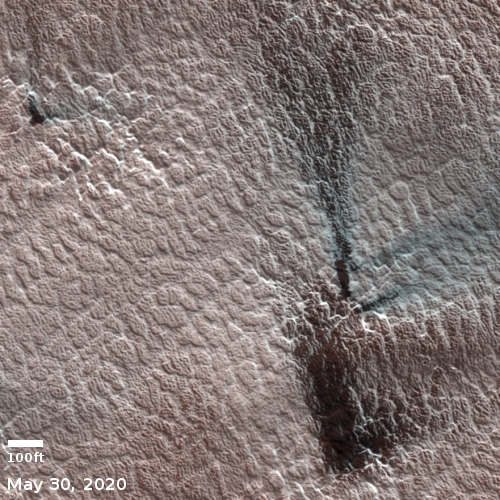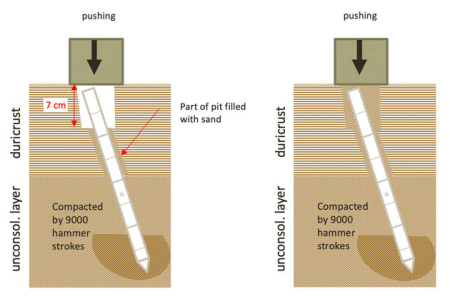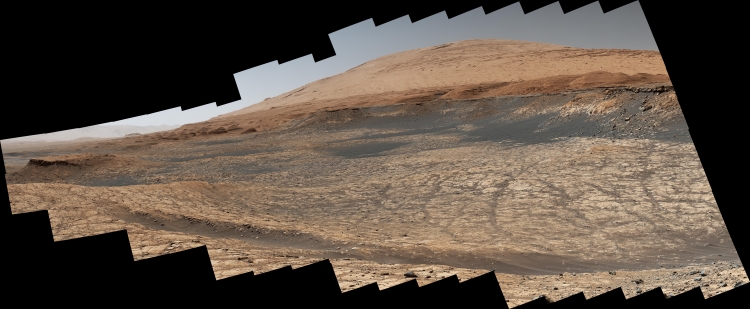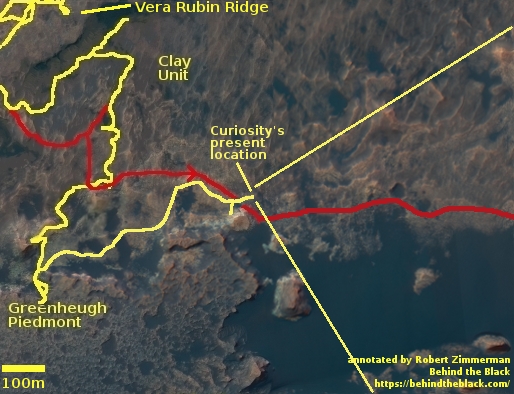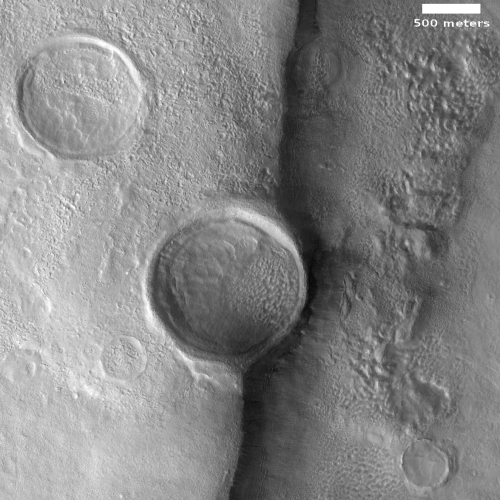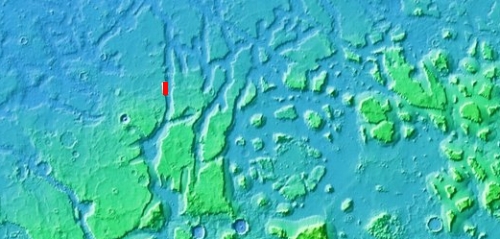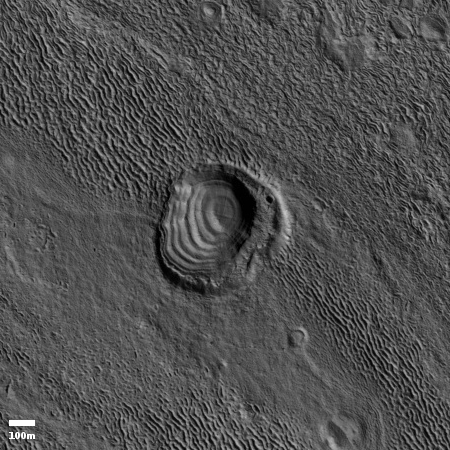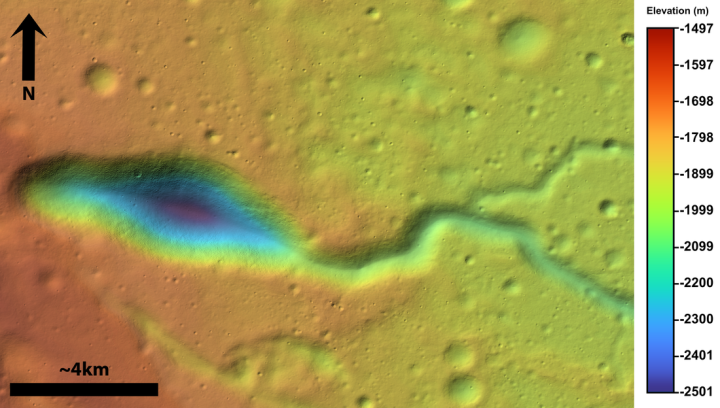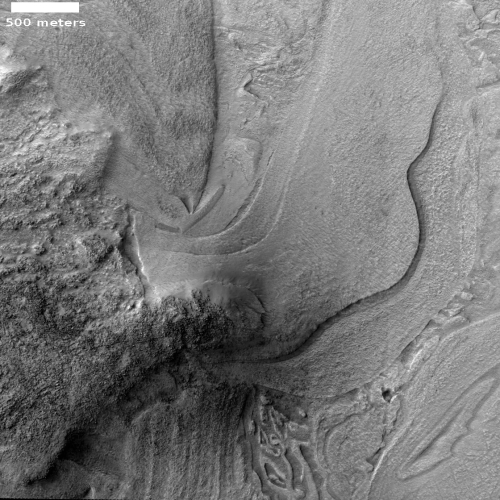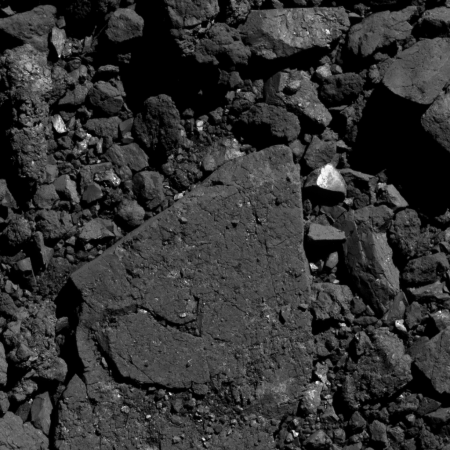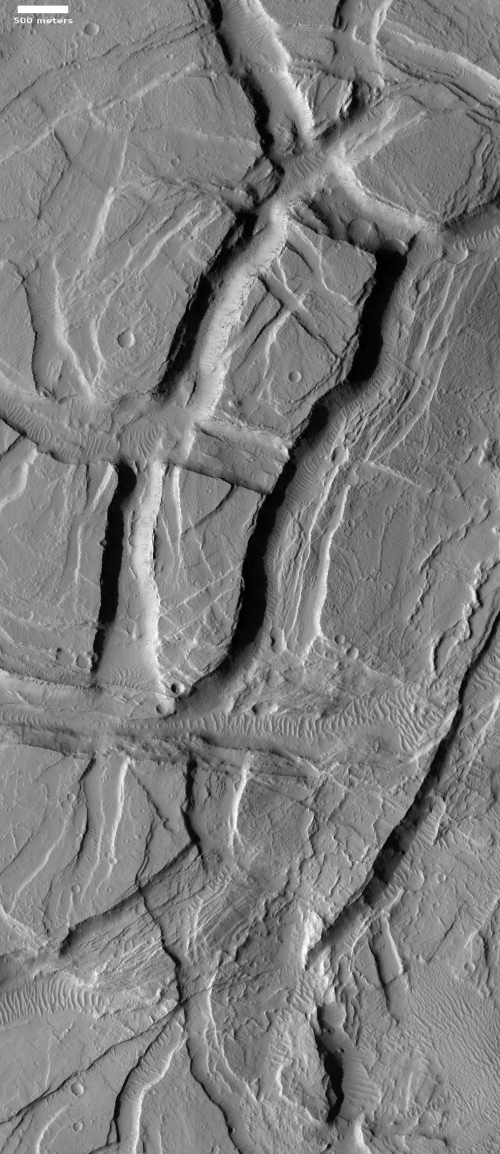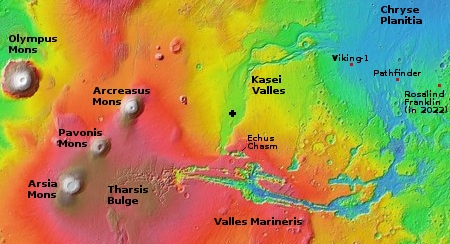OSIRIS-REx preps for final rehearsal of sample grab
The OSIRIS-REx science and engineering team is getting ready for its August 11th final rehearsal of the sample grab-and-go at the asteroid Bennu that it plans to do in October.
If the rehearsal goes right, the spacecraft will descend to within 131 feet of the surface of Bennu as it deploys its equipment as if it would continue down to the surface. It will also fly in formation above the Nightingale sample site when it does this, taking the highest resolution images yet of the surface of the asteroid.
It will then back off, returning to its home orbit farther from Bennu. Engineers will then review what happened, and use that data to prepare for the actual sample grab-and-go, set for October 20, 2020.
The OSIRIS-REx science and engineering team is getting ready for its August 11th final rehearsal of the sample grab-and-go at the asteroid Bennu that it plans to do in October.
If the rehearsal goes right, the spacecraft will descend to within 131 feet of the surface of Bennu as it deploys its equipment as if it would continue down to the surface. It will also fly in formation above the Nightingale sample site when it does this, taking the highest resolution images yet of the surface of the asteroid.
It will then back off, returning to its home orbit farther from Bennu. Engineers will then review what happened, and use that data to prepare for the actual sample grab-and-go, set for October 20, 2020.

